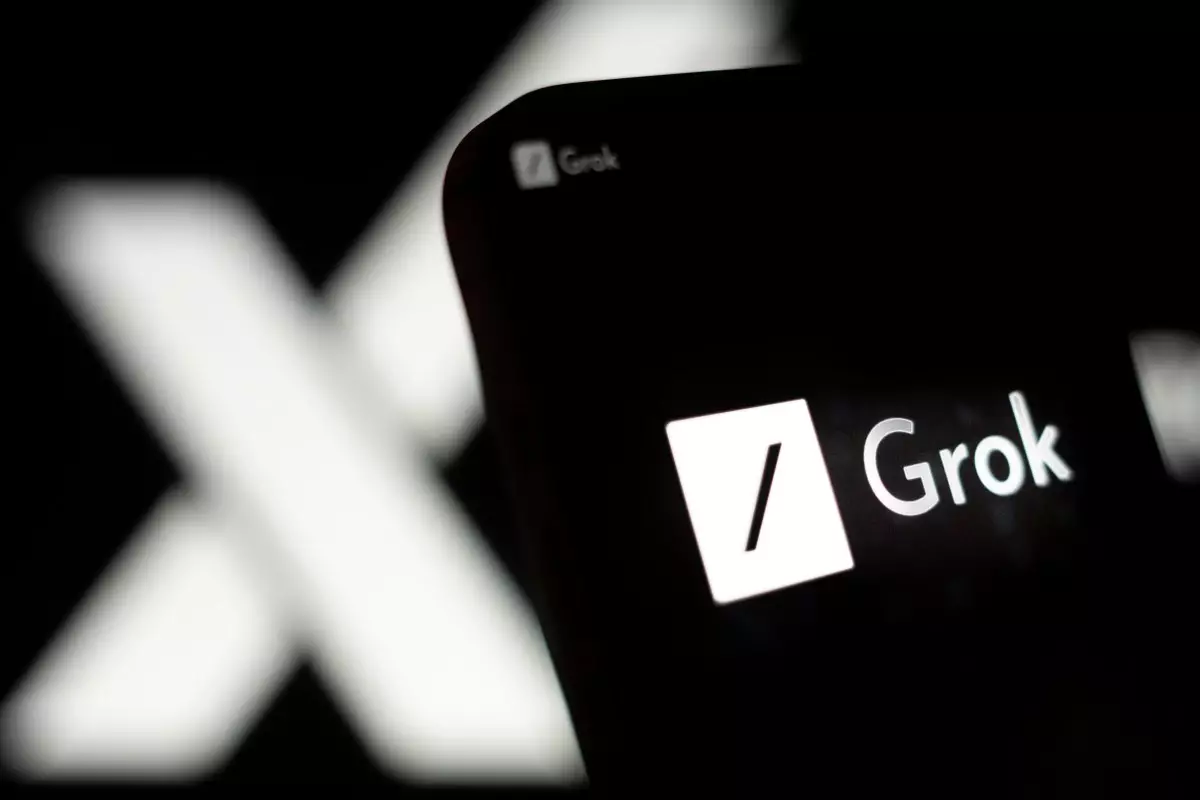In the bustling niche of AI chatbots, Elon Musk’s enterprise, xAI, is taking strides to elevate its Grok chatbot, putting it on a competitive footing with industry stalwarts like ChatGPT and Google’s Gemini. The recent launch of Grok’s “memory” feature signals a critical evolution in user interaction, paving the way for a more personalized experience that could redefine how we engage with artificial intelligence. By enabling Grok to retain information across interactions, users can enjoy responses that resonate with their individual preferences, ushering in a new era of contextualized communication.
The Mechanics of Memory
Grok’s memory feature allows the chatbot to remember prior discussions and user preferences, which can enhance its responses when users seek recommendations or advice. This approach is not unique; ChatGPT has employed a similar strategy with its memory capabilities, which was recently enhanced to access and utilize an entire chat history. Likewise, Google’s Gemini has incorporated persistent memory to adapt interactions based on a user’s unique profile. However, Grok’s transparent memory system sets it apart, allowing users not only to view what the bot remembers but also to manage that data actively. Such transparency fosters trust, empowering users to engage more freely with the chatbot without the anxiety common in technology that operates in the background without user oversight.
Beta Launches and User Experience
Currently, the memory feature is available in beta form on Grok’s platform, targeting users on Grok.com and the accompanying iOS and Android apps. However, it’s noteworthy that users situated in the EU and U.K. have yet to experience these advancements due to regulatory limitations. This geographical restriction raises questions about fairness and inclusivity in AI development; while the technology is evolving, users in certain regions are left behind. At the same time, the ability to deactivate the memory function signals respect for user autonomy and data privacy. This allows users to toggle the feature on or off via a straightforward settings menu, reinforcing the notion that user control lies at the heart of Grok’s operation.
Implications for the Future
As Grok’s memory feature matures and potentially integrates into other platforms, including Musk’s social media endeavor, X, the implications of such technology are vast. The convergence of social media and AI chatbots could lead to an enriched online experience where information exchange becomes seamless, fostering deeper connections between users and technology. Nevertheless, it raises ethical considerations regarding data security and user consent, especially when memory management is in play. With advancements in AI capabilities, developers must tread carefully, balancing innovation with a stringent commitment to protecting user data.
In essence, Grok’s features symbolize a significant move towards more sophisticated conversational AI, providing a promise of deeper personalization that, when executed properly, could champion a new standard in technology-user interactions. As this technology continues to evolve, it will be critical to keep an eye on user feedback and privacy policies, ensuring that the journey towards intelligent interaction remains as conscientious as it is groundbreaking.

